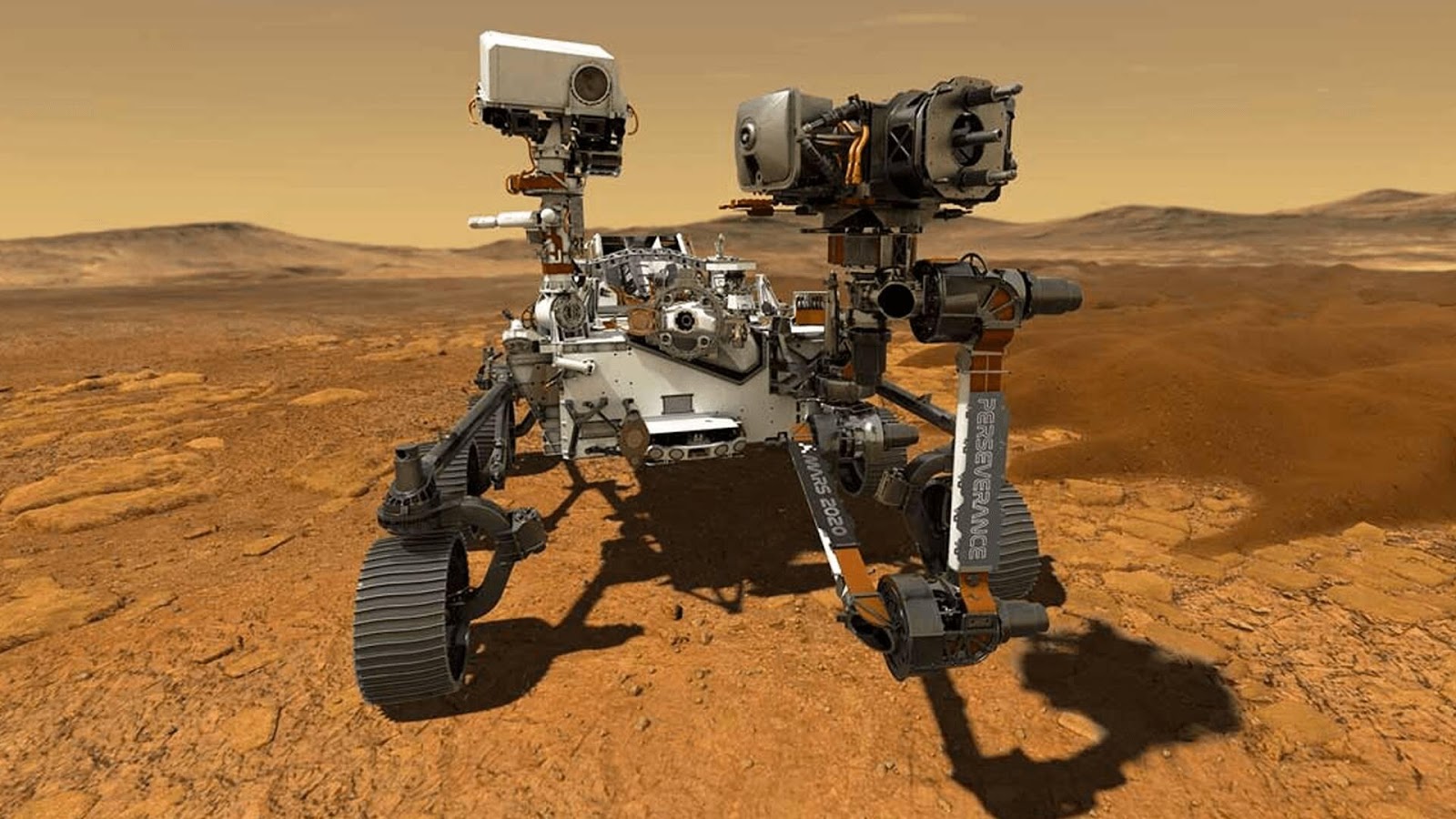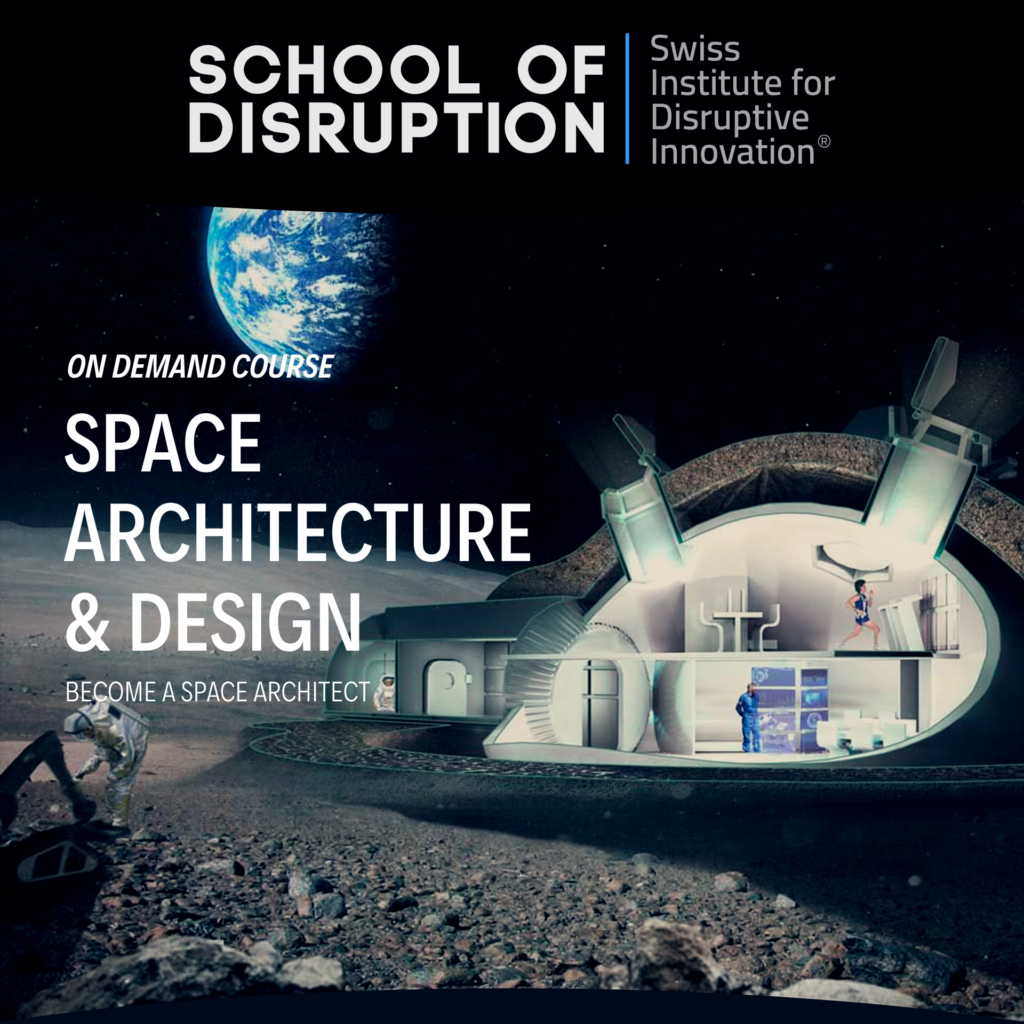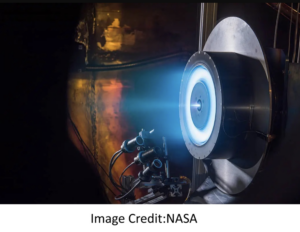On April 20th, 2021, the world of space sciences and exploration accomplished a tremendous milestone by finally producing Oxygen on Mars. Scientists working on the Mars Oxygen In-Situ Resource Utilization Experiment (MOXIE) have witnessed the first-ever mechanised creation of Oxygen in the planet’s history. Credit goes to a small, gold box-shaped instrument called ‘MOXIE’ installed on the rover. MIT researchers developed a powerful device capable of effectively converting the Martian atmosphere to Oxygen using solid oxide electrolysis technology.
‘MOXIE’ is sponsored by NASA’s Space Technology Mission Directorate and Human Exploration and Operations Mission Directorate. It is a strategic alliance between NASA, the Jet Propulsion Laboratory (JPL), MIT Haystack Observatory, and MIT’s Department of Aeronautics and Astronautics. JPL, which is managed for NASA by Caltech in Pasadena, California, built the rover and, now, is in charge of managing all the operations of the mission. This incredible collaboration has been marking milestones on Mars since landing on the Red Planet in February.
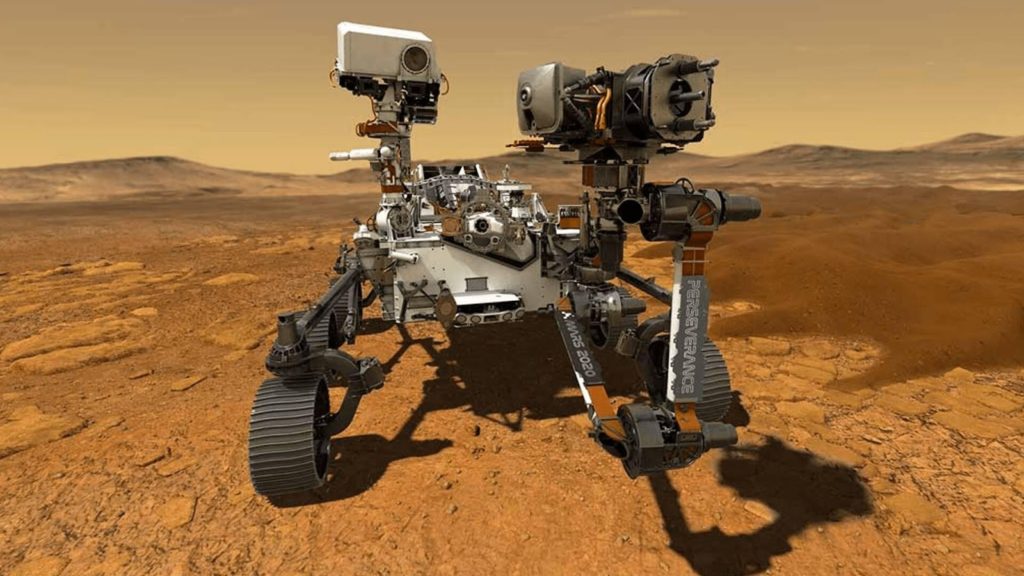
Making Oxygen on Mars – MOXIE Wonders!
The Martian atmosphere is pretty thin and is primarily composed of Carbon dioxide that is approximately 96 %, whereas, the Oxygen is only 0.13 %, compared to 21 % in Earth’s atmosphere.
MOXIE exploits this relative abundance of Carbon dioxide in the Martian atmosphere, which comprises one part carbon and two parts Oxygen. An electrolyzer running at temperatures above 1,400 degrees Fahrenheit creates an electric current that separates Oxygen from compressed Carbon dioxide, leaving Carbon monoxide waste.
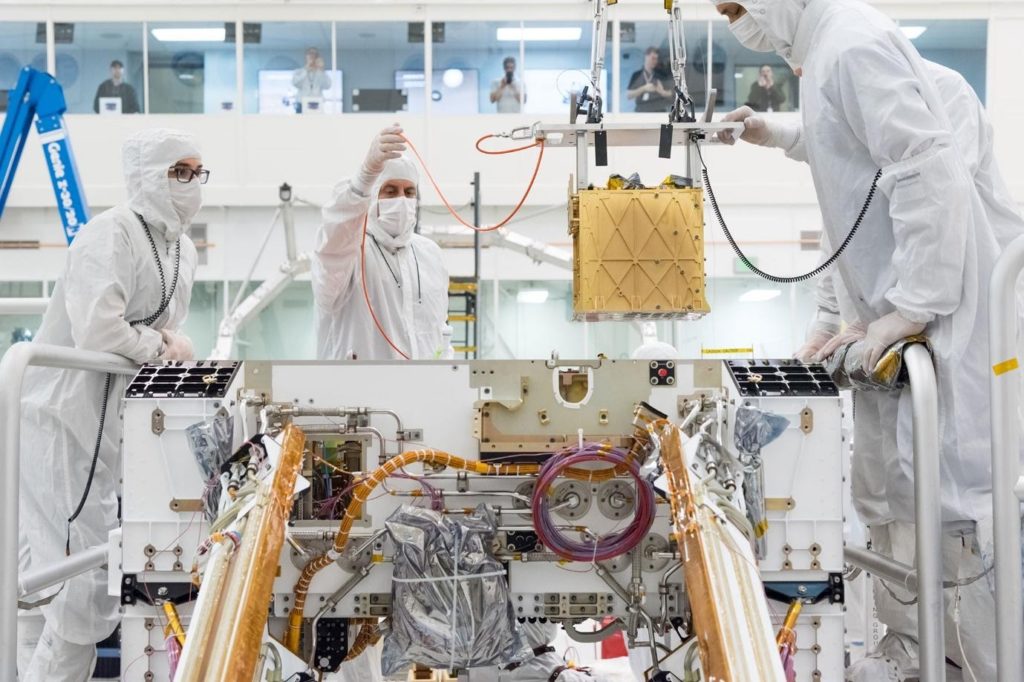
The Oxygen production process starts with Carbon dioxide intake; inside MOXIE, the Martian CO2 is compressed and filtered to remove any contaminants. It is then heated, which causes separation into Oxygen and Carbon monoxide. A hot, charged ceramic component further isolates the Oxygen; the Oxygen ions merge into O2. Carbon monoxide is expelled harmlessly back into the atmosphere.
(In case you’re excited to learn more about this, don’t miss this fantastic video – Making Oxygen on Mars with MOXIE!)
MOXIE’s first Oxygen run produced 5.4 grams of Oxygen in an hour. The power supply limits potential production to 12 g/hr — about the same amount that a large tree would produce. It was slightly short of its advertised rate of 10 grams per hour, but this was just the first trial. However, NASA is constantly improving this conversion efficiency while testing the rover to push MOXIE harder the next time. The MOXIE teams will next analyze the purity of the produced Oxygen; promising indications are that once the flowing Oxygen flushed out the background CO2, the resulting product was almost 100 % pure Oxygen.
Moreover, they are also planning to collect gas samples from the Martian surface in tubes, picked up by a future spacecraft and brought to Earth for study. It’ll need Oxygen for its take-off from Mars and that Oxygen – MOXIE could produce on site.
Once these targets hit, MOXIE could also be helpful for NASA’s Artemis program, currently in its early stages. The program aims at landing the first female astronaut and the next male astronaut on the Moon’s South Pole by 2024. It’s not clear when NASA will launch its first human-crewed mission to Mars, but there’s a good chance MOXIE’s successor will be a part of it.
Before you go, don’t forget to check out NASA’s Mission to Mars Student Challenge here at this link!

